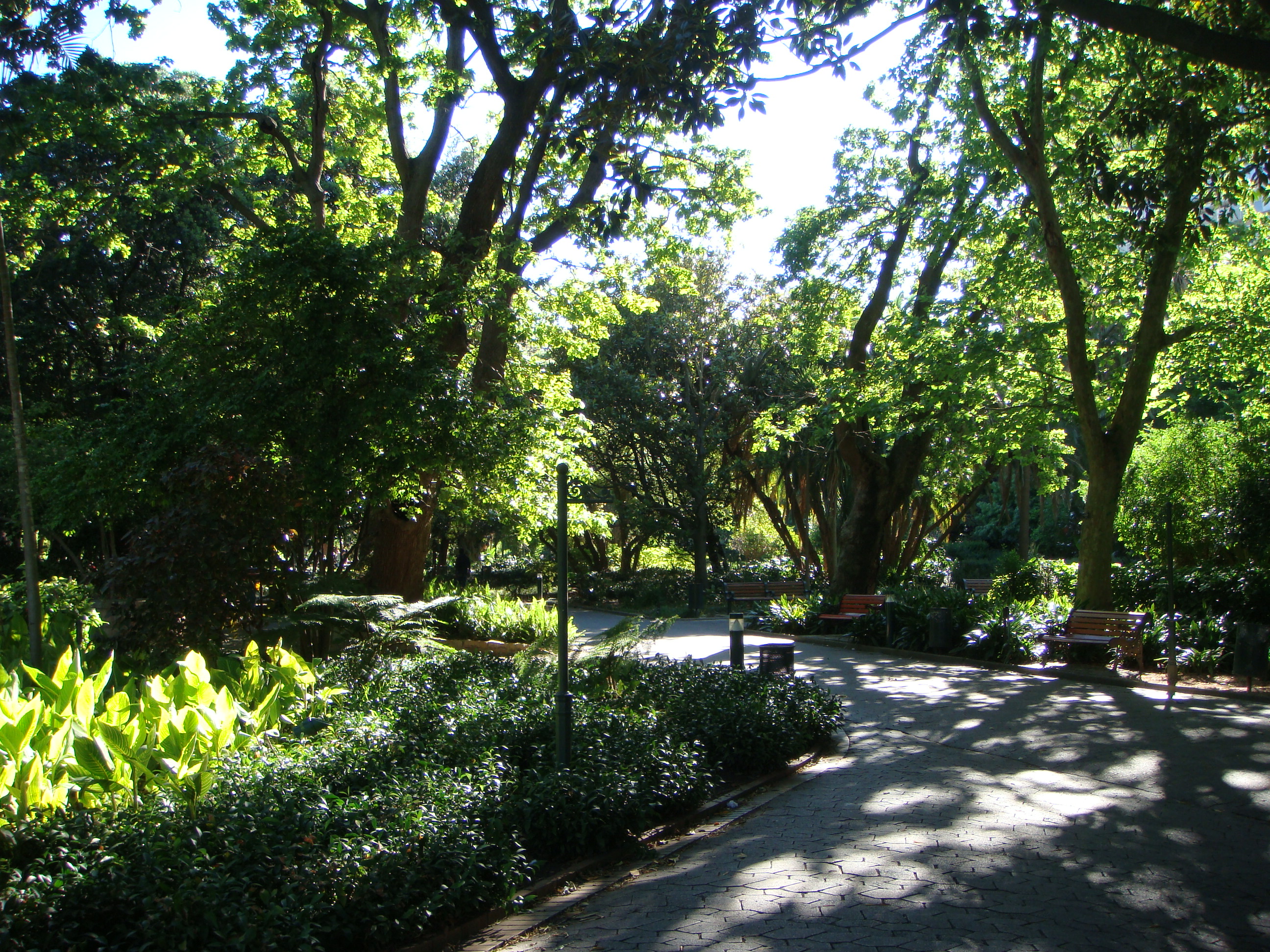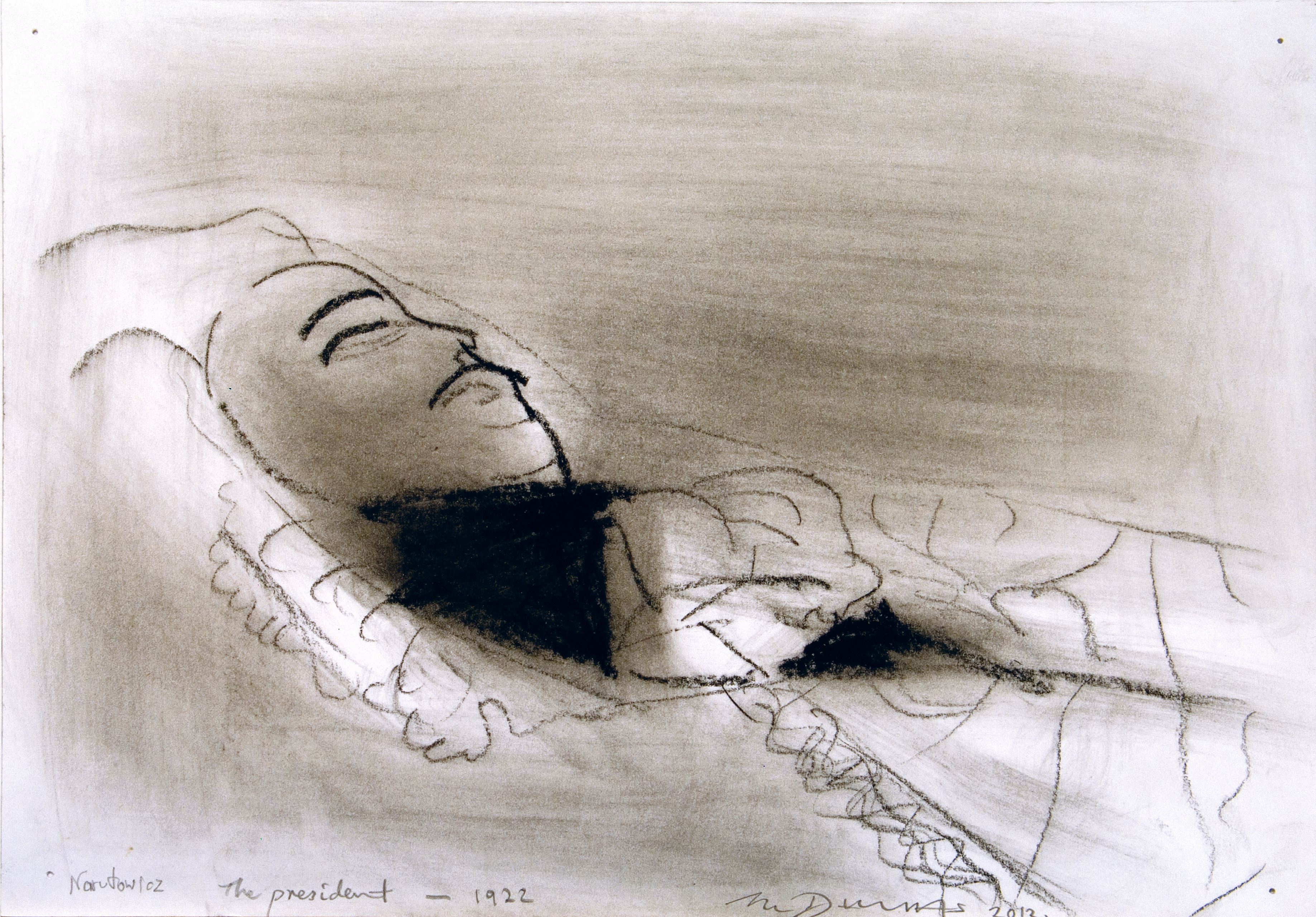|
Iziko South African National Gallery
The Iziko South African National Gallery is the national art gallery of South Africa located in Cape Town. It became part of the Iziko collection of museums – as managed by the Department of Arts and Culture – in 2001. It then became an agency of the Department of Arts and Culture. Its collection consists largely of Dutch, French and British works from the 17th to the 19th century. This includes lithographs, etchings and some early 20th-century British paintings. Contemporary art work displayed in the gallery is selected from many of South Africa's communities and the gallery houses an authoritative collection of sculpture and beadwork. History At a meeting in the Cape Town Public Library, convened on 12 October 1850, proposals were discussed to erect a building in the Company's Garden for the purpose of exhibiting art. This occasion was the inaugural meeting of the South African Fine Arts Association, founded by Thomas Butterworth Bayley and Abraham de Schmidt. The Assoc ... [...More Info...] [...Related Items...] OR: [Wikipedia] [Google] [Baidu] |
Company's Garden
The Company's Garden is the oldest garden in South Africa, a park and heritage site located in central Cape Town. The garden was originally created in the 1650s by the region's first European settlers and provided fertile ground to grow fresh produce to replenish ships rounding the Cape. It is watered from the Molteno Dam, which uses water from the springs on the lower slopes of Table Mountain. History The Dutch East India Company established the garden in Cape Town for the purpose of providing fresh vegetables to the settlement as well as passing ships. Master gardener and free burgher Hendrik Boom prepared the first ground for sowing of seed on 29 April 1652. The settlers sowed different kinds of seeds and kept record thereof each day. Through trial and error they managed to compile a calendar which they used for the sowing and harvesting throughout the year. At first they grew salad herbs, peas, large beans, radish, beet, spinach, wheat, cabbage, asparagus and turnips amo ... [...More Info...] [...Related Items...] OR: [Wikipedia] [Google] [Baidu] |
Mary Davis (artist)
Mary Davis, Lady Davis (née Halford; 22 March 1866 – 30 October 1941) was a British artist known as a designer and painter of fans. Biography Davis was born in London and studied art at the Ridley Art School. She exhibited landscape paintings and painted fans at the Royal Academy in London from 1886 onwards and at the Paris Salon from 1898. In 1914 Davis had a joint exhibition with Charles Conder, another noted fan artist of the time, in New York at the Colnaghi & Obach gallery. In 1919 Davis shared an exhibition, entitled ''Pictures, Portraits, Fans and Frivolities'', with Laura Anning Bell and Constance Rea at the Fine Art Society in London. Davis also exhibited at the Leicester Galleries, the Grosvenor Gallery and with both the Royal Institute of Oil Painters and the International Society of Sculptors, Painters and Gravers. The Tate holds an example of her painted fans. In 1889 she had married Edmund Davis, who was knighted in 1927. Edmund Davis had made ... [...More Info...] [...Related Items...] OR: [Wikipedia] [Google] [Baidu] |
William Kentridge
William Kentridge (born 28 April 1955) is a South African artist best known for his prints, drawings, and animated films, especially noted for a sequence of hand-drawn animated films he produced during the 1990s. The latter are constructed by filming a drawing, making erasures and changes, and filming it again. He continues this process meticulously, giving each change to the drawing a quarter of a second to two seconds' screen time. A single drawing will be altered and filmed this way until the end of a scene. These palimpsest-like drawings are later displayed along with the films as finished pieces of art. Kentridge has created art work as part of design of theatrical productions, both plays and operas. He has served as art director and overall director of numerous productions, collaborating with other artists, puppeteers and others in creating productions that combine drawings and multi-media combinations. Early life and career Kentridge was born in Johannesburg in 1955 to ... [...More Info...] [...Related Items...] OR: [Wikipedia] [Google] [Baidu] |
Robert Hodgins
Robert Hodgins (27 June 1920 – 15 March 2010) was an English painter and printmaker. Life history Robert Hodgins was born in Dulwich, London, on 27 June 1920, and immigrated to South Africa in 1938. He enlisted with the Union Defence Force in 1940, and served in Kenya and Egypt. In 1944 he returned to England, and studied art and education at Goldsmiths College, University of London, where he received an arts and crafts certificate in 1951 and a National Diploma of Design in painting in 1953. He returned to South Africa, where he taught at the Pretoria Technical College School of Art from 1954. From 1962 he was a journalist and critic for ''Newscheck'' magazine. He lectured in painting at the University of the Witwatersrand, Johannesburg, from 1966 to 1983. Hodgins worked using a variety of paint media, including oils, acrylic paint and tempera. he had been exhibiting since the 1950s but did not come to wider attention until the early 1980s. In 1980 and 1981 he had prod ... [...More Info...] [...Related Items...] OR: [Wikipedia] [Google] [Baidu] |
Marlene Dumas
Marlene Dumas (born 3 August 1953) is a South African artist and painter currently based in the Netherlands. Life and work Dumas was born in 1953 in Cape Town, South Africa and grew up in Kuils River in the Western Cape, where her father had a vineyard. Dumas witnessed the system of Apartheid during her childhood. Dumas began painting in 1973 and showed her political concerns and reflections on her identity as a white woman of Afrikaans descent in South Africa. She studied art at the University of Cape Town from 1972 to 1975, and then at Ateliers '63 in Haarlem, which is now located in Amsterdam. She studied psychology at the University of Amsterdam in 1979 and 1980. She currently lives and works in the Netherlands and is one of the country's most prolific artists. Dumas has also featured in some films, '' Miss Interpreted'' (1997), Alice Neel (2007), Kentridge and Dumas in Conversation (2009), '' The Future is Now!'' (2011), and ''Screwed'' (2017). Several books included il ... [...More Info...] [...Related Items...] OR: [Wikipedia] [Google] [Baidu] |
Alan Davie
James Alan Davie (28 September 1920 – 5 April 2014) was a Scottish painter and musician. Biography Davie was born in Grangemouth, Scotland in 1920, the son of Elizabeth (née Turnbull) and James William Davie, an art teacher and painter who exhibited at the Salon des Artistes Français in 1925. Alan Davie studied at Edinburgh College of Art from 1937 to 1941. An early exhibition of his work came through the Society of Scottish Artists. After the Second World War, Davie played tenor saxophone in the Tommy Sampson Orchestra, which was based in Edinburgh and broadcast and toured in Europe. He also earned a living making jewellery during the postwar period. Davie travelled widely and in Venice became influenced by other painters of the period, such as Paul Klee, Jackson Pollock and Joan Miró, as well as by a wide range of cultural symbols. In particular, his painting style owes much to his affinity with Zen. Having read Eugen Herrigel's book ''Zen in the Art of Archery'' (195 ... [...More Info...] [...Related Items...] OR: [Wikipedia] [Google] [Baidu] |
Willem Boshoff
Willem Boshoff (born 1951, Johannesburg, South Africa) is one of South Africa's foremost contemporary artists and regularly exhibits nationally and internationally. Boshoff spent his childhood in Vanderbijlpark, which is a town located next to the Vaal River, located approximately seventy five kilometers south of Johannesburg. His father, Martiens, was a carpenter which allowed him to develop a love for working with wood. This had a large influence on his current technical expertise. Boshoff is known primarily for his conceptual installations. The way he communicates his ideas and has a social responsibility is what makes Boshoff a conceptual artist.Staden-Garbett, Miranthe. 2009. "The worldcentric art of Willem Boshoff: an analysis of artefact and discipline in Children of the Stars." South African Journal of Art History 24, no. 2: 114-127. According to a book that was written by Ivan Vladislavić, he states that Willem Boshoff is "an artist who had been creating unusual art s ... [...More Info...] [...Related Items...] OR: [Wikipedia] [Google] [Baidu] |
.jpg)

%2C-Naples.jpg)
